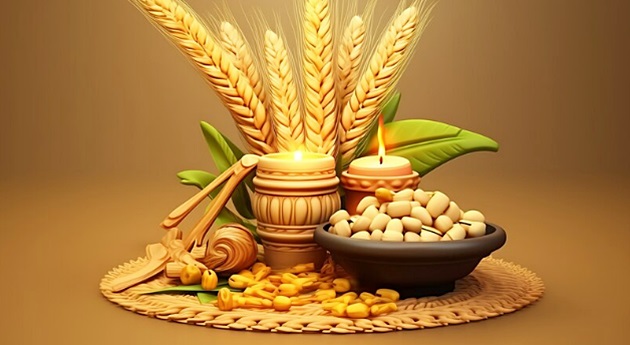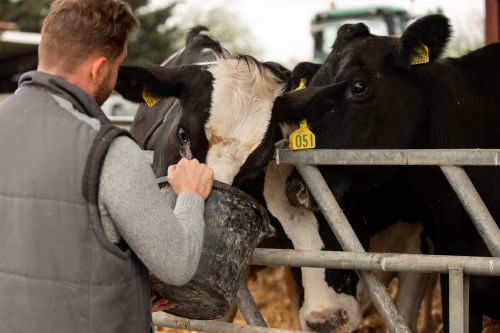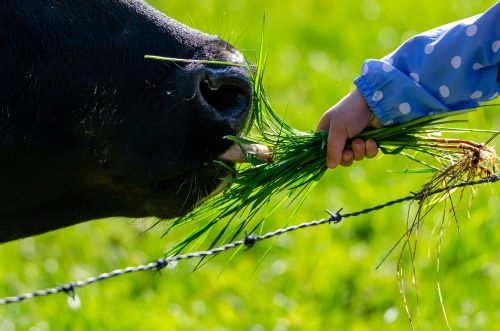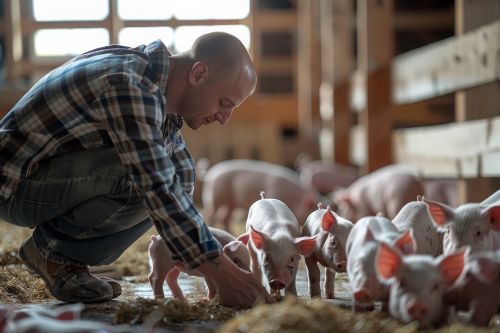
BRICS Nears Launch of Its Own Grain Exchange
BRICS – the political and economic alliance originally comprising Brazil, Russia, India, China, and South Africa, and recently expanded to include Saudi Arabia, Egypt, the United Arab Emirates, Ethiopia, Indonesia, and Iran – is approaching the launch of its own grain exchange, according to AllAboutFeed.
Russia Leads the Initiative
Established to represent the interests of emerging economies, the bloc aims to promote multipolarity and economic cooperation. Russia is currently finalizing the concept for an inter-BRICS grain exchange and plans to present it soon to the other member states, said Maxim Markovich, Russia’s Deputy Minister of Agriculture, at the St. Petersburg Economic Forum on June 20.
The idea of creating a dedicated grain exchange is reportedly supported by all BRICS member countries, Markovich emphasized.
Russia has recently intensified its efforts to establish this platform within BRICS, now a 10-nation coalition of emerging economies.
Reducing Dependence on Western Markets
At a press conference earlier in June, Russian Agriculture Minister Dmitry Patrushev stated that the creation of a BRICS grain exchange would reduce the bloc's reliance on “Western trading platforms” and help build the infrastructure “necessary to improve the efficiency of the grain market,” according to Markovich.
Russian officials have repeatedly criticized the dominance of global grain pricing by the Chicago and London commodity exchanges.
“The idea behind such an exchange is, in short, to create a cartel. It would resemble OPEC, which helps keep oil prices higher than they might be without coordination among exporting countries,” said Alexander Dynkin of the Russian Academy of Sciences.
Pressure for Fairer Pricing
Patrushev claims the new exchange could help establish “fair prices” on the global market, potentially boosting global food security and offering a more equitable trade environment.
However, observers warn the initiative could in fact aim to raise global grain prices.
“The idea behind such an exchange is, in short, to create a cartel. It would resemble OPEC, which helps keep oil prices higher than they might otherwise be,” Dynkin reiterated in a statement published by Gazeta Russkaya, the Russian government’s official publication.
A Massive Market Share at Stake
According to the Russian Union of Grain Exporters, the BRICS grain exchange could consolidate between 30% and 40% of the global trade in key grain crops. BRICS countries collectively produce about 348 million tonnes of wheat annually—equivalent to 44% of the world’s output.
Despite the scale, the benefits remain unclear. While Russian officials claim the project is supported by other BRICS members, some reports suggest there is skepticism within the bloc regarding the project's feasibility.
It remains uncertain why other BRICS countries—many of which are net grain importers—would support the creation of a grain exchange that could sustain high global grain prices.
Food Access and Sovereignty
Kristina Bakonina, Vice President of ACI Russia, a trade association, told the state-run news agency Izvestia that a BRICS grain exchange could offer importing countries—such as China, India, Egypt, South Africa, and Brazil—more predictable and reliable access to food supplies.
She added that this could strengthen the union’s economic sovereignty and its resilience to external pressures.
(Photo credit: Freepik)





